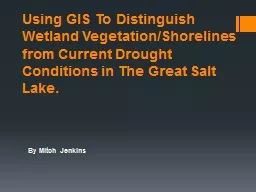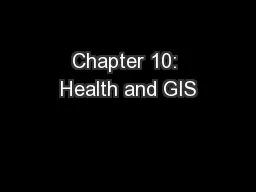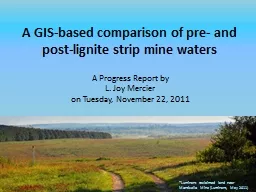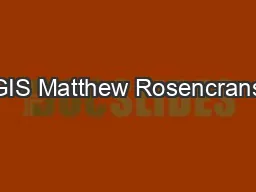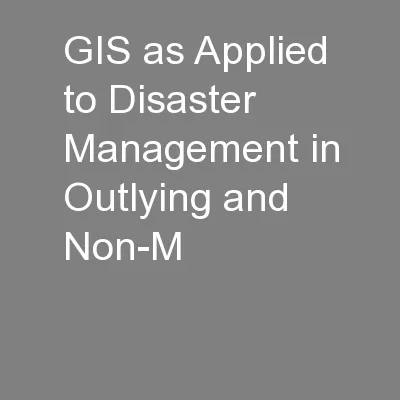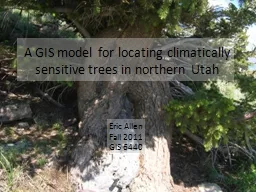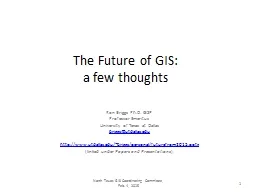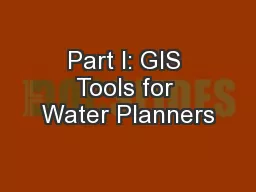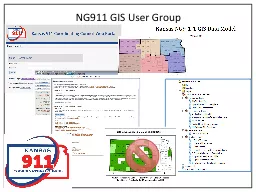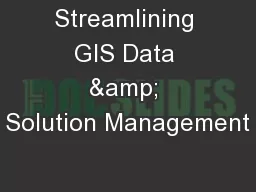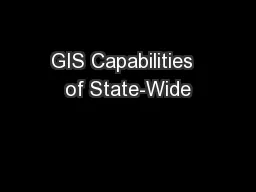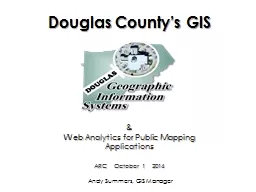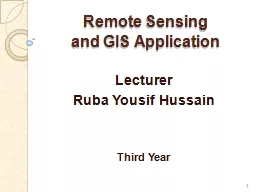PPT-Using GIS To Distinguish
Author : stefany-barnette | Published Date : 2017-09-05
W etland VegetationShorelines from Current D rought Conditions in The Great Salt Lake By Mitch Jenkins Introduction The Great Salt Lake shoreline is highly variable
Presentation Embed Code
Download Presentation
Download Presentation The PPT/PDF document "Using GIS To Distinguish" is the property of its rightful owner. Permission is granted to download and print the materials on this website for personal, non-commercial use only, and to display it on your personal computer provided you do not modify the materials and that you retain all copyright notices contained in the materials. By downloading content from our website, you accept the terms of this agreement.
Using GIS To Distinguish: Transcript
Download Rules Of Document
"Using GIS To Distinguish"The content belongs to its owner. You may download and print it for personal use, without modification, and keep all copyright notices. By downloading, you agree to these terms.
Related Documents

